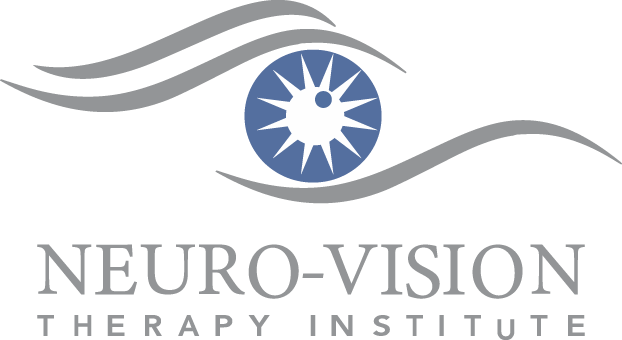What is eye tracking?
Ideally, eyes move effortlessly, accurately, smoothly, and quickly from one target to the next. During reading, eyes must track from word to word, and our cognitive and language skills interpret what we have read.
Efficient eye movements set the foundation for proficient reading ability. Children who struggle with eye tracking are much more likely to have below grade level ability in reading. The tests required to diagnose eye tracking issues are not included in most vision screenings unless they are performed by a Neuro Optometrist.
Eye tracking is also a vital aspect of sports performance. The ability to track a moving ball, players moving across the field, and targets such as hoops, goals, bases, and more, require precise visual tracking skills that can be successfully practiced, trained, and enhanced.
What are the symptoms of an eye tracking problem or deficit (oculomotor dysfunction)?
- Frequent loss of place while reading
- Skipping lines while reading
- Omitting and/or substituting words while reading
- Head movements or finger pointing during reading
- Slow reading speed
- Poor comprehension
- Inconsistent sports performance
- Poor eye-hand coordination
- Fine motor difficulties (such as tying a shoe, drawing, coloring, or writing)
If you or a loved one experience any of the above symptoms, a Neuro-Vision Evaluation conducted by a Neuro Optometrist is the only means of getting a clear and accurate diagnosis. If you’re interested in better understanding the seriousness and severity of the symptoms you or a loved one are experiencing, we encourage you to take our Vision Symptom Quiz.
What causes an eye tracking problem or deficit (oculomotor dysfunction)?
Some children may develop an eye tracking inefficiency early on. Children who struggle with reading are more likely to demonstrate deficits in eye tracking. Most educational programs do not address eye tracking skills, therefore, the eye tracking deficit can go untreated for many years and students develop habits to compensate, such as using their finger to keep track of the line. These habits usually result in slow reading speeds.
Adults frequently develop an eye tracking deficit following a concussion or brain injury. Alternatively, adults may have the deficit persist from childhood.
As technology integrates eye tracking software, eye tracking issues have become more apparent and easier to uncover. At NVTI, we utilize sensitive eye tracking technology to uncover if there is an aspect of eye tracking that could be impacting performance in school, work, or sports.
What is the best treatment for eye tracking problems or deficits (oculomotor dysfunction)?
A neuro-vision therapy program directed at improving:
Fixations: the ability to maintain steady hold of the eyes on the target.
Saccades: the ability of the eyes to quickly and accurately track from one target to the next (e.g. reading).
Pursuits: the ability to follow a moving target smoothly, accurately, and effortlessly.
Training more efficient eye movement skills results in faster reading, improved comprehension, and enhanced sports performance.
References
Dodick, D, Starling, AJ, Wethe, J, Pang, Y, Messner, LV, Smith, C, Master, CL, Singh, Halker, RB, Vargas, BB, Bogle, JM, Mandrekar, J, Talaber, A. The Effect of In-School Saccadic Training on Reading Fluency and Comprehension in First and Second Grade Students : A Randomized Controlled Trial. Vis Dev Rehabil. 2017;3(4):217-228.
Ciuffreda K, Rutner D, Kapoor N, Suchoff IB, Craig S HM. Vision therapy for oculomotor dysfunctions in acquired brain injury: a retrospective analysis. Optometry. 2008;79(1):18-22.
Thiagarajan P, Ciuffreda KJ. Versional eye tracking in mild traumatic brain injury (mTBI): Effects of oculomotor training (OMT). Brain Inj. 2014;28(7):930-943. doi:10.3109/02699052.2014.888761

